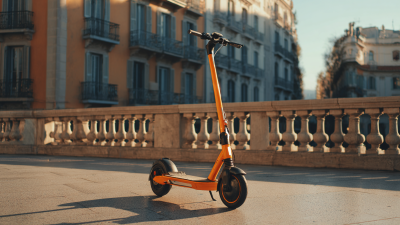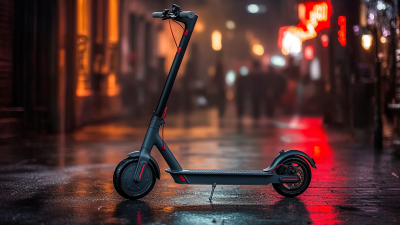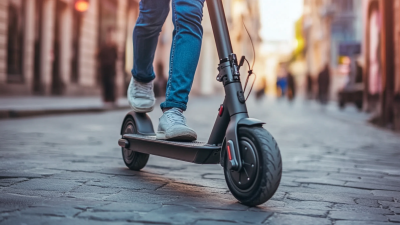As urban populations continue to surge, the need for efficient and sustainable modes of transportation has never been more pressing. The rise of the Scooter Electric is set to transform urban mobility in unprecedented ways. According to a recent report by the International Council on Clean Transportation, electric scooters have the potential to reduce urban congestion by up to 30% and lower greenhouse gas emissions significantly. Moreover, a study by McKinsey predicts that the electric scooter market will grow to $40 billion globally by 2030, underscoring the increasing adoption of this innovative transport solution. With their low operational costs, reduced environmental impact, and ability to navigate through crowded city streets, Scooter Electric stands out as a game-changer in the quest for sustainable urban transportation. This article delves into the seven proven reasons why Scooter Electric is poised to revolutionize the way we move in cities around the world.
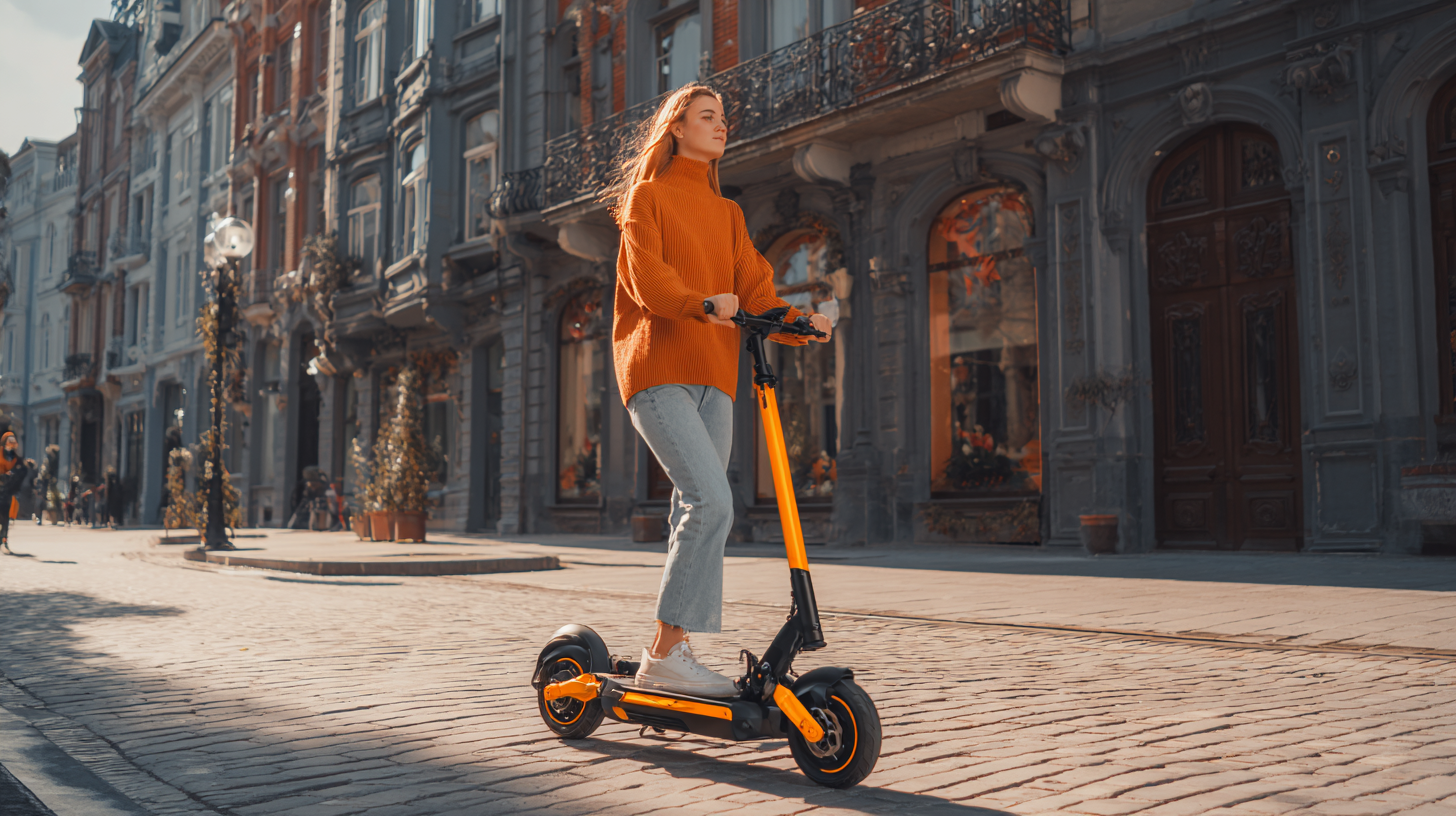
The rise of electric scooters in urban landscapes marks a significant shift in the way city dwellers navigate their environments. As urban congestion continues to escalate, electric scooters present a practical solution to reduce traffic while promoting eco-friendly transportation options. Their compact size and ease of use allow riders to weave through busy streets effortlessly, accessing areas often unreachable by traditional vehicles. This newfound mobility encourages a more dynamic urban life, where residents can travel shorter distances quickly and efficiently.
Moreover, the integration of electric scooters into existing transportation networks enhances the overall urban mobility ecosystem. Cities are increasingly designating scooter lanes and charging stations, facilitating safe and convenient access. The rise of scooter-sharing programs complements this trend, providing residents with an affordable option to go from point A to point B without the hassle of ownership. As technology advances, these electric scooters will likely become smarter, offering features like navigation assistance and real-time data, further solidifying their role in transforming urban transit for the better.
Electric scooters are emerging as a game-changer in the landscape of urban mobility, offering unmatched convenience for city dwellers. These compact vehicles allow for effortless navigation through congested streets, making short commutes more manageable. With their lightweight design and portability, electric scooters can be easily carried into buildings or stored in tight spaces, facilitating a seamless transition from one mode of transportation to another. This convenience is particularly appealing in bustling urban environments where time is often of the essence.
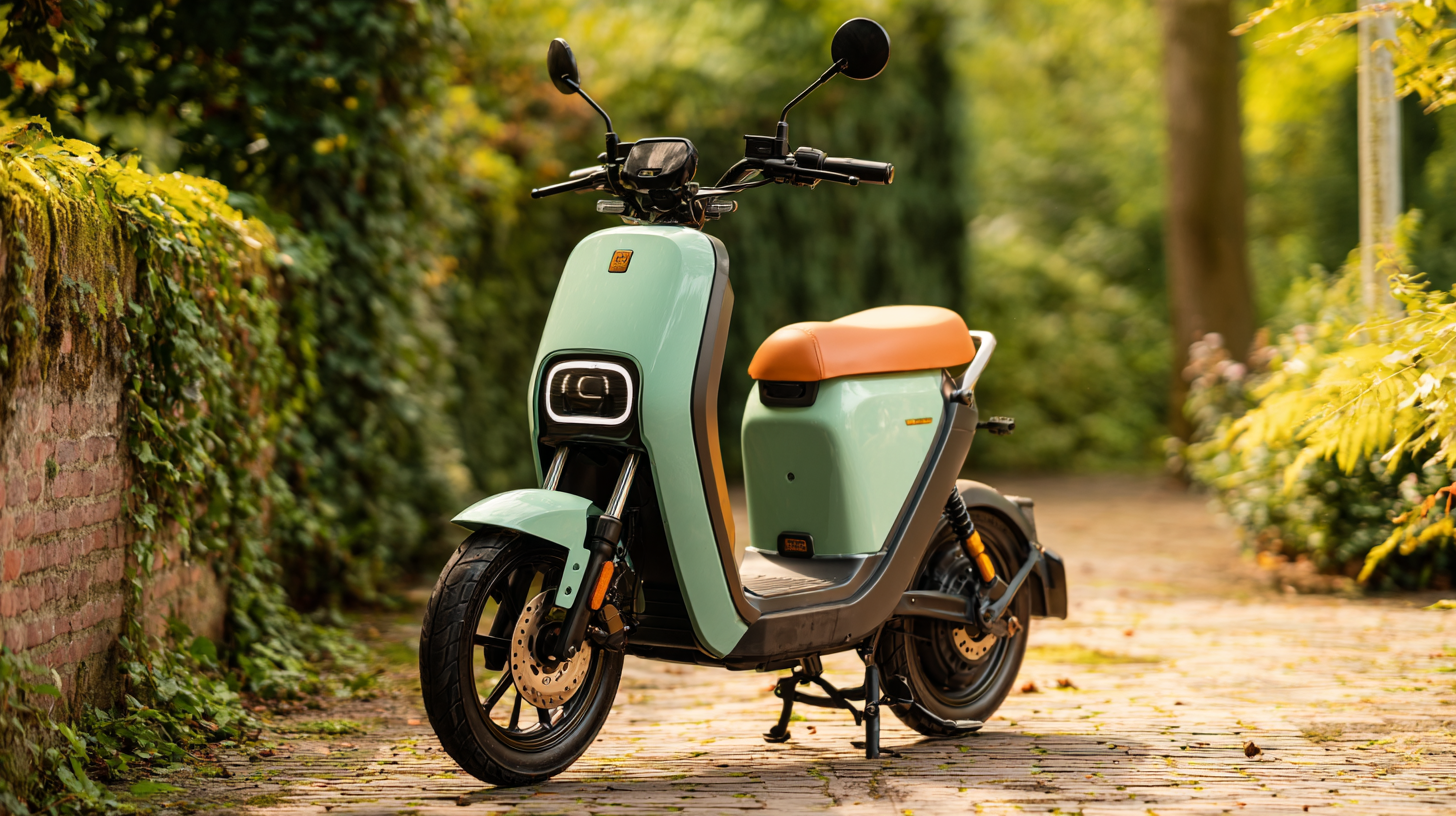
Moreover, electric scooters provide an eco-friendly alternative to traditional vehicles, reducing emissions and traffic congestion. Riders can zip past gridlocked cars, arriving at their destinations faster and with less hassle. Many scooters come equipped with smart features, such as GPS navigation and app integration, which enhances the riding experience and simplifies route planning. This combination of efficiency and sustainability positions electric scooters as a key component in the future of urban mobility, redefining how individuals interact with their cities.
The shift towards electric scooters represents a transformative step in urban mobility, particularly when it comes to environmental sustainability. Electric scooters notably reduce carbon emissions, contributing to cleaner air in densely populated cities. Unlike traditional gas-powered vehicles, which emit harmful pollutants, electric scooters rely on battery power. This shift not only helps to decrease air pollution but also aligns with global efforts to combat climate change, making urban areas more livable for residents and visitors alike.
Moreover, the eco-friendly nature of electric scooters extends beyond just emissions. The manufacturing process for e-scooters generally requires fewer raw materials compared to conventional vehicles. This efficiency, paired with lower energy consumption during operation, further minimizes the carbon footprint associated with personal transport. As cities increasingly adopt infrastructure to support electric mobility, such as charging stations and dedicated lanes, the transition to electric scooters becomes not only a practical choice but also an essential strategy for sustainable urban planning.

The rise of electric scooters marks a pivotal shift in urban mobility, primarily due to their cost-effectiveness for daily commuters. Many urban dwellers are now choosing electric scooters over traditional transportation options, such as cars and public transit, leading to significant savings. For instance, commuting with electric scooters can drastically cut down on transportation costs, allowing riders to avoid ever-increasing fuel prices and public transport fares. Studies indicate that making the switch can save individuals thousands of dollars annually, creating an appealing alternative for those seeking financial relief amidst rising living costs.
In addition to financial savings, the convenience and efficiency of electric scooters are enhancing the commuting experience. With models offering high speeds and extended ranges, commuters can navigate their cities seamlessly while enjoying a smoother ride. This trend is also being supported by rebates and incentives promoting electric mobility, making scooters an accessible option for a broader audience.
As more people embrace electric scooters, cities will likely see reduced traffic congestion and lower emissions, paving the way toward a more sustainable urban environment.
The rise of electric scooters in urban environments is not just about convenience and efficiency; it marks a significant shift in transportation safety standards. Enhanced safety features such as anti-lock braking systems, brighter LED lights, and advanced stability controls are being integrated into scooter designs, addressing common concerns associated with urban mobility. These improvements are essential in reducing accidents and ensuring riders feel secure while navigating busy streets.
Furthermore, the incorporation of smart technology plays a pivotal role in enhancing safety. Many modern scooters are equipped with GPS tracking, which provides real-time location updates and can be a crucial tool during emergencies. Additionally, apps linked to these scooters allow users to report hazards or issues directly, fostering a community-driven approach to urban safety. As cities embrace this new mode of transport, the focus on protective measures not only promotes safer riding but also encourages more individuals to consider electric scooters as a viable alternative to traditional transportation methods.
